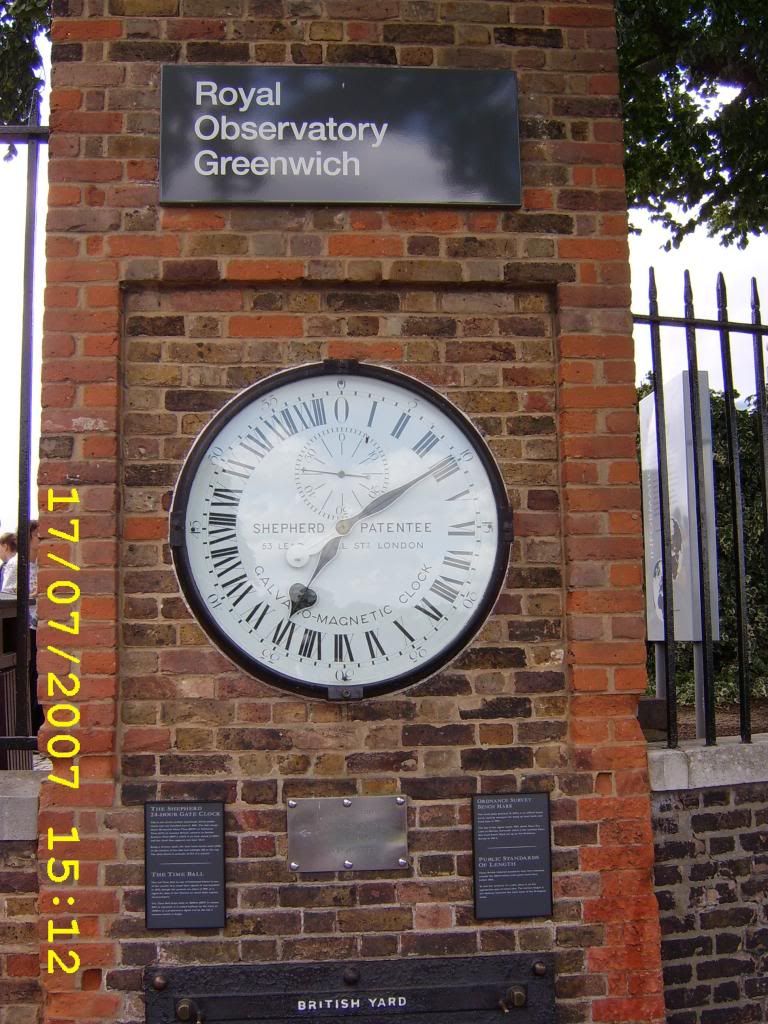Book Review on "Longitude: The True Story of a Lone Genius Who Solved the Greatest Scientific Problem of His Time " by Dava Sobel
Like many others, I took longitude for granted. It wasn’t until I came across the name of John Harrison during a visit to the Royal Observatory at

Originally, it was part of an insignificant plan for a
The Royal Observatory serves as the base for the Greenwich Mean Time (GMT) and is famous as the location of the Prime Meridian, which separates the Eastern Hemisphere from the

The Cutty Sark is one of the most famous ships in the 19th century. Many Chinese students, including myself, learn of her story from L.G. Alexander’s English textbook, New Concept English. It was a good opportunity for me to see the ship in person.
Upon arriving at
A chronometer is a watch used by sailors to locate a ship in the ocean by finding the time difference between the local time and GMT. The time difference and the altitude determine the position of a ship in the ocean where no visible reference is available. I took a long thought but couldn’t figure out a better way to determine longitude than to use accurate chronometers.
It was a pleasant visit. I had a lovely chat with a museum keeper and he described to me in brief about John Harrison’s life, the making of accurate clocks, the scientific challenge to determine longitude, the 20,000 pound Parliament Prize, and John Harrison’s struggle with the those astronomers who supported to work out longitude by observing stars.
The short visit to the Royal Observatory aroused my interest in John Harrison and longitude. After my returning from
This book is well written and easy to read. Instead of focusing on technical details, it provides historical events on the horrors of getting lost in sea and John Harrison’s life. The longitude challenge had remained unsolved by many great minds, including Galileo and
Encouraged by the money, John Harrison, a
Angered and frustrated,
In a later chapter of the book, the board commissioned Larcum Kendall, a watchmaker, to build a chronometer called K-1, an exact copy of
It is an interesting read. In addition to clockmakers, the book has many other topics on sailing and astronomy. I also learned that sauerkraut, and later lemon and lime, was first used to subsidy sailors’ vitamin C to beat scurvy. In short, clockmakers and lemon suckers changed the British Navy forever!
It’s a very good book. I highly recommend it.
读Dava Sobel 的 “经度”(My book review on Longitude)
登录后才可评论.